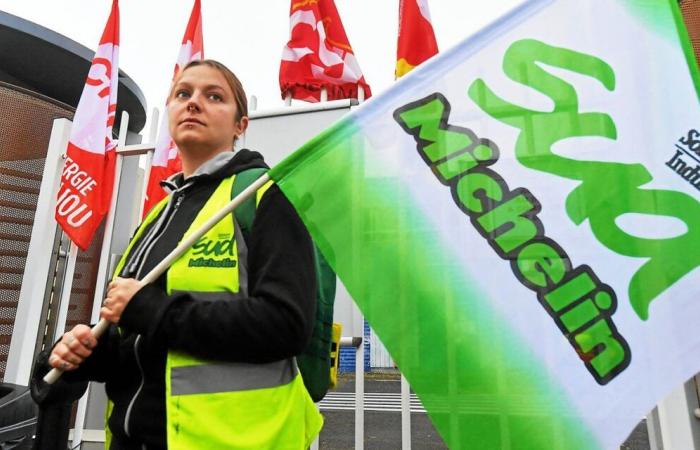Are the increasing number of social plans a sign of a turnaround in the labor market?
We really have to link it with the very good news we have had on the job market for several years. That is to say, we could not understand why we were creating so many jobs during this crisis, given the activity. Much of this good news was what we call labor hoarding: large groups, in particular, kept employees because they thought the recovery was coming. This labor retention was gigantic, there were approximately 300,000 too many jobs. Companies should have made layoffs but they did not do so, in particular because there was aid such as PGE (state-guaranteed loans granted during the covid crisis, Editor's note).
Yes. The catch-up in employment will be quite violent, particularly because there is all this retention of labor. This is what we said: either growth will be there and, therefore, it will be without jobs, that is to say that companies will use this excess workforce to produce more, but they will not hire; either the recovery is not there and, after a while, companies cannot keep this excess workforce and, therefore, there will be layoff plans. We would have preferred the first version, we are a little in the second.
When your order books are empty, you start laying off people
I think the government has stuck its head in the sand a bit on the decline in productivity. The private sector produces 5% more than in 2019 and hired 6.5% during the same period. With the aid, companies have maintained employment without deteriorating their margins. The government thinks there will be no catch-up, but yes. From the moment you lift aid and margins deteriorate, companies will adjust. The adjustment was inevitable.
Why do we have a feeling of acceleration?
What has changed, between today and 2022-2023, are the brakes on production. Throughout the health crisis, until the beginning of 2023, business leaders said they had no problem with order books, the only obstacles being supply problems and recruitment difficulties. There, since the beginning of 2023, things have turned around: the main obstacle is the order books which are empty. When your order books are empty, you start laying people off.
In addition, you have a speech which is “we are entering a period of rigor”, with 60 billion efforts this year, and new savings in sight in the following years. Business leaders say, “Okay, the demand party is over, so I'm reviewing my plans and adjusting employment.” There are two ways to read this: the negative way, which is that unemployment will increase, and the positive way, which is that productivity will increase. If the labor market created a lot of jobs, it was because we had subsidized it, for example with apprenticeships. We will return to positive productivity, but the counterpart is the destruction of jobs which will occur and unemployment which will start to rise again, expected at 8%, at the end of 2025.






